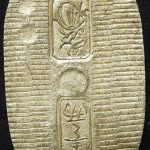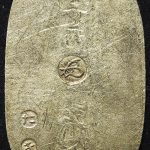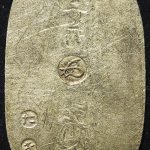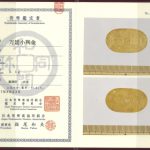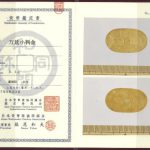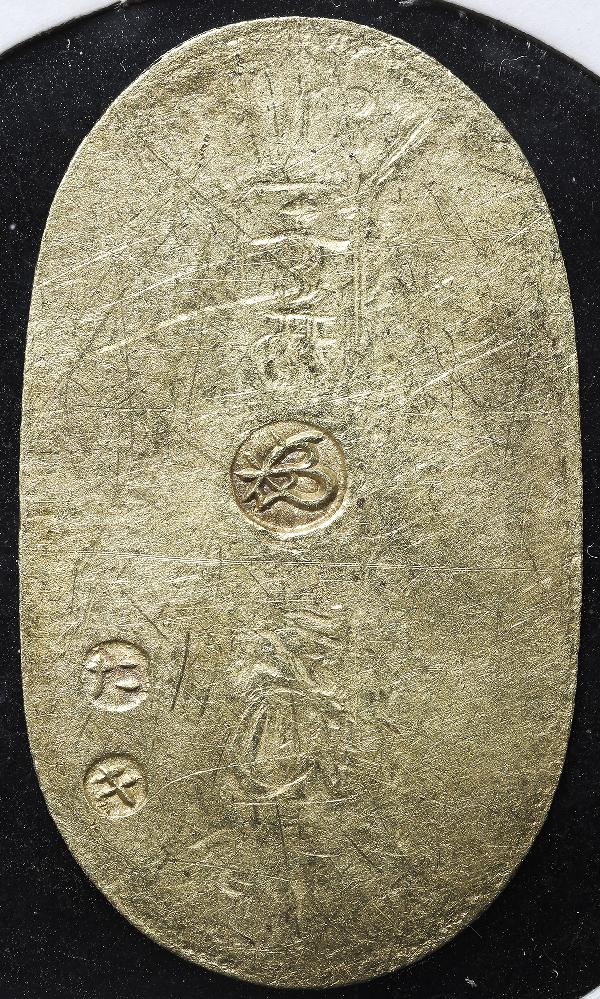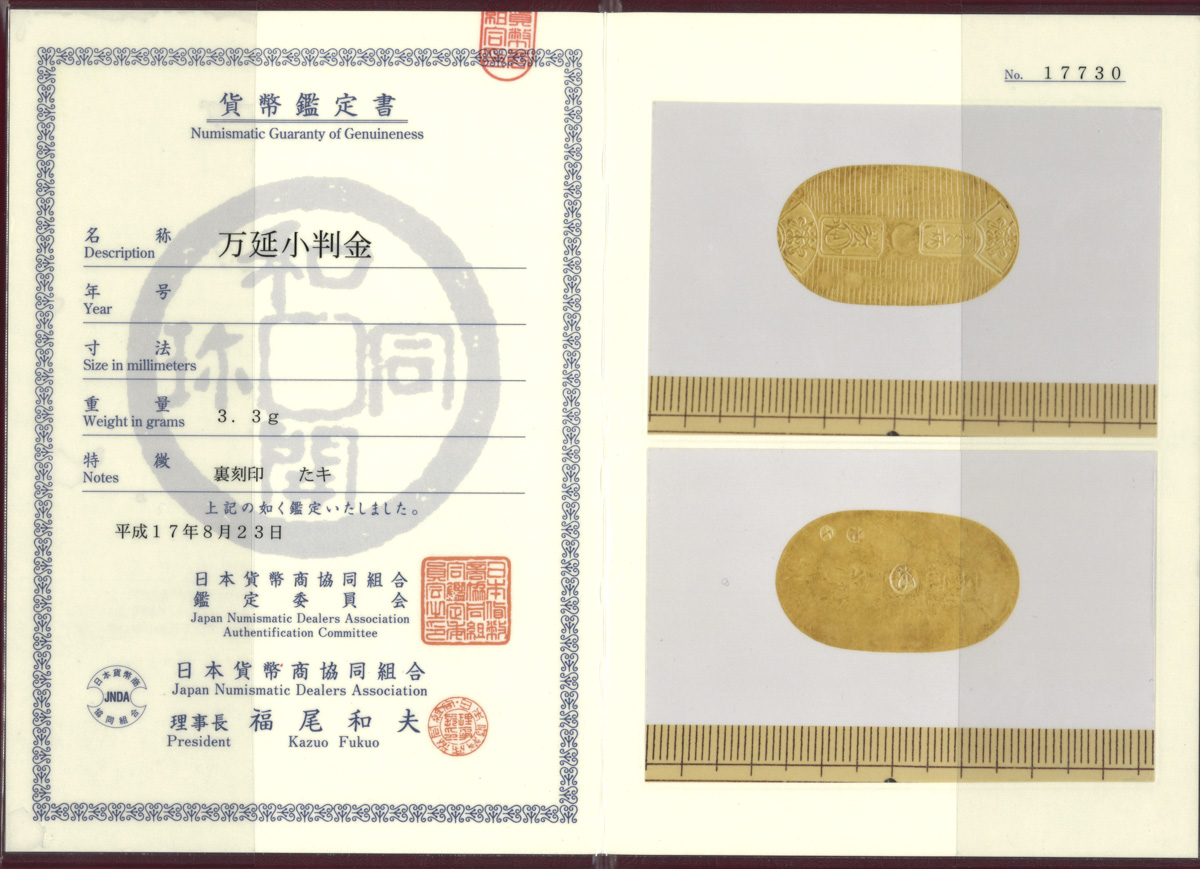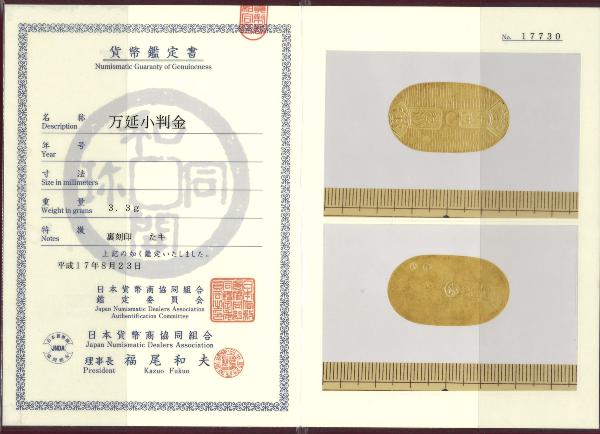万延小判金 Man-en Koban-Kin 万延元年~慶応3年(1860~67) 日本貨幣商協同組合鑑定書付 美品 金貨
商品名:万延小判金 Man-en Koban-Kin 万延元年~慶応3年(1860~67) 日本貨幣商協同組合鑑定書付 美品 金貨
JNDA09-23 F17 KM-C22d (タキ) (重約3.3g)
(VF) 美品
[万延小判金](雛小判)
万延元年~慶応3年(1860~1867)に鋳造された。特徴は小判の中でも特に小型である。この小判の表面には茣蓙の模様が刻まれており、扇形に囲まれた桐紋や「一両」「光次」の文字が入っている。別名「雛小判」とも呼ばれている。
鋳造が開始された年は江戸幕府による万延貨幣改鋳という政策が行われた。それは、日米和親条約によって外国人が来日した際、銀貨を小判へ換え、それを持ち帰ってまた売ることで約3倍の銀に変えるという行為が行われ、小判が大量に海外に流出してしまったためにとられた政策である。これによって今までの金の含有量を落とした貨幣を鋳造することとなった。
It was founded in the first year of the Yoshinobu – Keio three years (1860 – 1867). The feature is particularly small, even among Ogami. The surface of this oval is carved with a pattern of golden, and it contains characters such as paulownia wrapped in a sector and “one” or “light”. Also known as “Hina koban”.
In the year when casting began, the Edo Shogunate adopted a policy called Cantonese currency reforming. When foreigners come to Japan by the Treaty of Japan-U.S. Treaty, the act of converting the silver coin into an oval and changing it to about 3 times as much as bringing it back and selling it is carried out, and a large number of small rounds leaked overseas It is a policy taken for having done. In this way it was decided to cast money that dropped the gold content so far.
